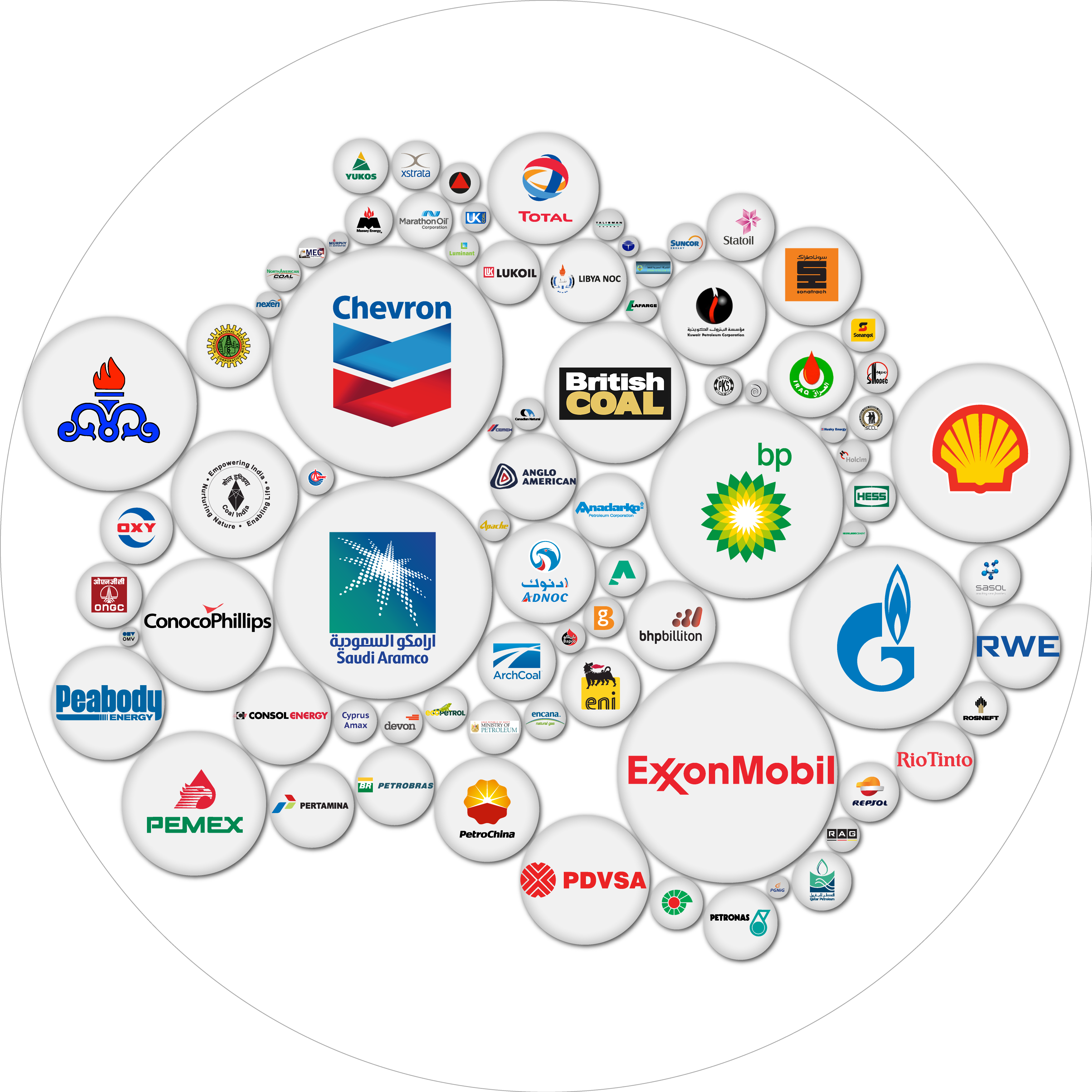Viele Leserinnen und Leser dieses Blogs kennen bereits die wichtige Recherche zu den sog. Carbon Majors, den größten fossilen Produzenten (vor allem Kohle-, Öl- und Gaskonzerne), die für einen Großteil der globalen Emissionen verantwortlich sind. Wir arbeiten als Heinrich-Böll-Stiftung seit Jahren dazu und das vor allem mit dem Climate Justice Programme (CJP), die die ursprüngliche Recherche vor vielen Jahren initiiert haben.
Nun hat das vom Autor der Carbon Majors Recherche, Rick Heede, gegründete Climate Accountability Institute gemeinsam mit dem Carbon Disclosure Project (CDP) einen neuen Carbon Majors Report veröffentlicht.
CDP beschreibt den Zweck des Berichts folgendermaßen:
„CDP’s Carbon Majors Report 2017 is the first in an ongoing series of publications aimed at using this Database – the most comprehensive available – to highlight the role that corporations can play in driving the global energy transition.“
Was sie damit genau meinen, wird im Bericht dann klar:
„Fossil fuel companies can contribute to the transition by reducing operational emissions, shifting to lighter fossil fuels, engaging in the deployment of CCUS and other carbon-offset options, and diversifying their portfolio of primary energy products to encompass renewables. These measures all contribute to a decoupling of growth and emissions, which will maximize the growth achievable by a company under an emissions cap.“
„In 1988, the IPCC was established and, as such, the effects of human activities on the climate were officially recognized. Despite this landmark, the fossil fuel industry has expanded prodigiously since 1988 and has become more carbon-intensive: The contribution of fossil fuels to global warming has doubled: 833 GtCOe was emitted in just 28 years since 1988, compared with 820 GtCOe in the 237 years between 1988 and the birth of the industrial revolution.“
Und dann noch konkreter:
„Observing the period since 1988: Investors own a great legacy of GHG emissions: Of the 635 GtCOe of operational and product GHG emissions from the 100 active fossil fuel producers, 32% is public investor-owned, 9% is private investor-owned, and 59% is state-owned. The distribution of emissions is concentrated:25 corporate and state producing entities account for 51% of global industrial GHG emissions. All 100 producers account for 71% of global industrial GHG emissions. The highest emitting companies since 1988 that are investor-owned include: ExxonMobil, Shell, BP, Chevron, Peabody, Total, and BHP Billiton. Key state-owned companies include Saudi Aramco, Gazprom, National Iranian Oil, Coal India, Pemex, and CNPC (PetroChina). Coal emissions from China are represented by the state, in which key state-owned producers include Shenhua Group, Datong Coal Mine Group, and China National Coal Group.“
